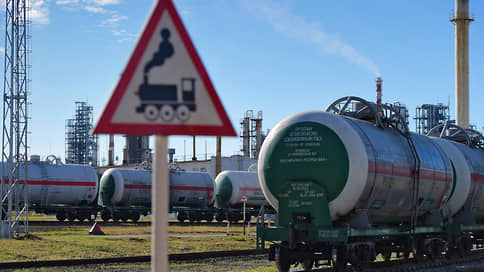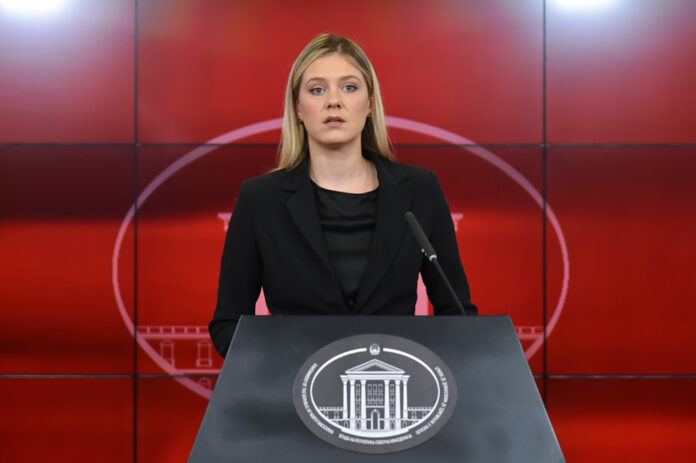In March, the corporation attracted a record 1 trillion rubles.

The amount of funds raised in March 2025 through the placement of market issues of debt papers exceeded 1 trillion rubles. Such volumes of issuers usually attracted at the end of the year to refinance debts and prepare for investments at the beginning of the next. Current activity was caused by a temporary improvement in market conditions against the background of a decrease in geopolitical risks.
According to Cbonds, in March 2025, corporate issuers attracted in the domestic debt market (i.e., completed placement) in the amount of 1.04 trillion rubles. This result is the best since the beginning of the year and more than doubled by an annual range. At the same time, the number of placements in March reached 193, almost 1.6 times more than in March of the previous year. Recently, corporate borrowers attracted over 1 trillion rubles in a month. Only twice, and all of them were at the end of the year: 1.8 trillion rubles. In December 2024 and 1.3 trillion rubles. In December 2023.
According to the Moscow Exchange, in March, 121 issuance of corporate bonds totaling 1.2 trillion rubles took place on the trading platform (including the in the previous months).
The main contribution to the total amount of placements was made by companies of the real sector. According to the assessment of the chief analyst in the debt markets of the Region BC Alexander Ermak, 71% of the total volume of placements came on these issuers. About 14% of the total placement of ruble bonds was in the banking sector. “The 12 large transactions (more than 30 billion rubles) accounted for about 60% of the total,” says Mr. Ermak.
Thus, issuers increased activity against the background of improving the geopolitical background and reducing bets on the debt market after negotiations between the presidents of Russia and the USA (See “Kommersant” from February 13). Under such conditions, the RUCBTRNS corporate bond index increased by 2.6%according to the results of February, in March it added another 2.4%. “The financial markets reacted to the negotiation process between Russia and the USA by a noticeable growth of quotations. As a result of the profitability of the OFZ with Duration of 1.5–3 years, almost 2 p.
At the same time, debt instruments of the public market were more profitable than bank loans. As explains the head of the investment analysis of the Sovcombank Dmitry Nikonov, the issuers were able to place issues for a long time with the coupon significantly lower than the key rate (CS), while bank loans for a long time were almost always higher – KS plus margin. At the same time, in March, part of the issuers returned to the practice of placing bonds with a floating coupon. According to Alexander Ermak, in general, 14 transactions with floors in the amount of more than 464 billion rubles passed in the market. However, half of the total volume came to the release of VEB.rf (100 billion rubles) and three issues of Sibur’s papers (143 billion rubles. See “Kommersant” from March 21) that passed with the participation of anchor investors.
If the indicated transactions are excluded, then about 80% of transactions in terms of placement had to be issued with a fixed rate. According to Eduard Dzhabarov, head of the Sberbank capital market, the main buyers in such issues were institutional investors (management companies, pension funds, insurance companies) and private investors. At the same time, banks, key players in the debt market, were inactive, with the exception of some placements of floors. “The fixed coupon rates in rubles often turned out to be lower than the value of funding among the banks themselves,” Mr. Dzhabarov notes.
However, taking into account the correction in the market, which occurred at the end of March, the participants in the market are not waiting for a record result in April.
The head of the debt capital of Alfa-Bank, Artem Starikov, does not exclude a small slowdown in the volume of new placements, both ruble and foreign exchange, due to a very active and several “overheated” March.
At the same time, experts expect more active placement of bonds with a variable coupon. Including against the background of tough statements of the Central Bank after conservation A key rate of 21% at the last meeting of the board of directors on March 21. In particular, after this profitability of two-five-year-old OFZs increased by 0.75–1.15 p. “Fliatters can ensure the balance of interests of issuers and investors, taking into account lower interest risk against the background of high volatility of OFZ. At the same time, when the regulator gives a clear signal about the beginning of the DCP mitigation cycle, the issues with a fixed rate will again provide the main volume of placements on the market, ”says Eduard Dzhabarov.






